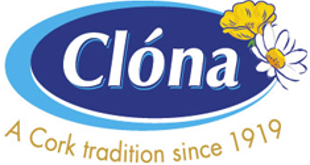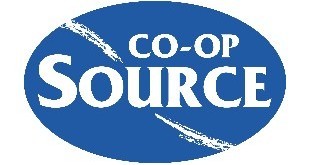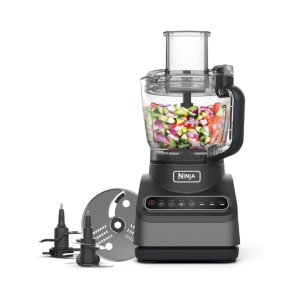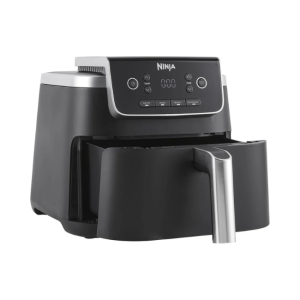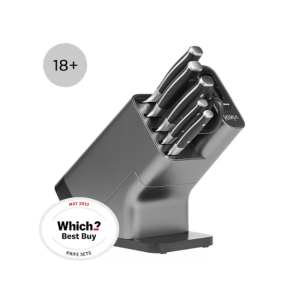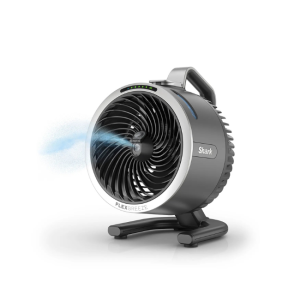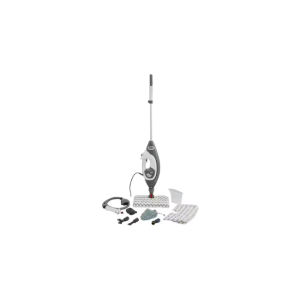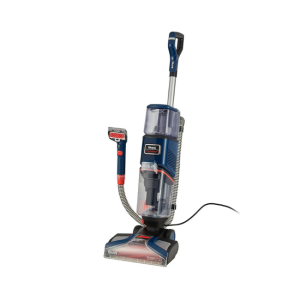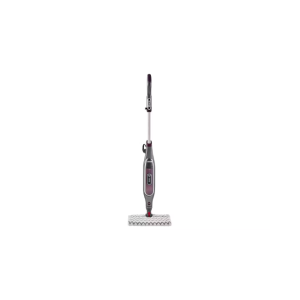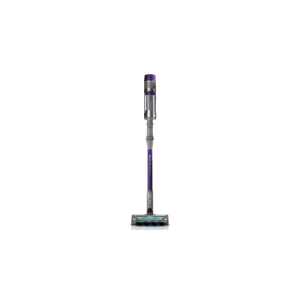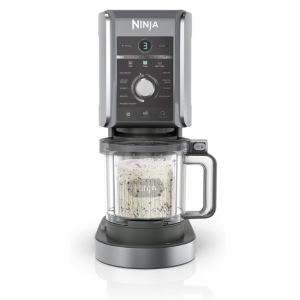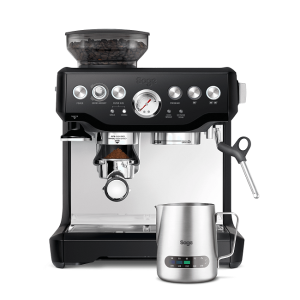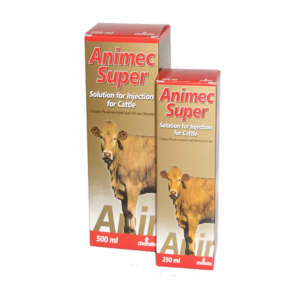MADE IN BANDON
122 years
Founded by our Farmers in 1903
480+
Employees in our Community
240+
Generational Farmer Suppliers
3
Retail Stores
Bandon Co-op has a very long and proud tradition in West Cork, whilst also playing a significant role both nationally and internationally. We are deeply committed to supporting our farming families, our employees and our customers, and strive to work together to achieve this.
Check out our
SALE
Electrical
€349.99
Original price was: €349.99.
€319.98
Current price is: €319.98.
View product
LG 43″ SMART TV 43AU75006LA.AEK
Electrical
€429.99
Original price was: €429.99.
€400.00
Current price is: €400.00.
View product
LG 4K SMART TV 55UA73006LA.AEKL
Electrical
€449.99
Original price was: €449.99.
€400.00
Current price is: €400.00.
View product
LG 50″ NANO TV 50NANO81T6A.AEK
Electrical
€449.99
Original price was: €449.99.
€400.00
Current price is: €400.00.
View product
LG 50NANO81A6A.AEK 4K NANO TV
Coffee Machines
€429.99
Original price was: €429.99.
€379.00
Current price is: €379.00.
Add to cart
MAGNIFICA BEAN TO CUP DELONGHI ECAM220.60BB
Electrical
€139.99
Original price was: €139.99.
€89.99
Current price is: €89.99.
Add to cart
NINJA 2.1L FOOD PROCESSOR BN650UK
Air Fryers
€119.99
Original price was: €119.99.
€94.99
Current price is: €94.99.
Add to cart
NINJA 4.7L AIR FRYER AF140UK
Electrical
€229.99
Original price was: €229.99.
€149.99
Current price is: €149.99.
Add to cart
NINJA 6 PIECE KNIFE BLOCK K32006UK
Coffee Machines
€289.99
Original price was: €289.99.
€259.99
Current price is: €259.99.
Add to cart
NINJA DUAL BREW SYSTEM CFN802UK
Electrical
€149.99
Original price was: €149.99.
€119.99
Current price is: €119.99.
Add to cart
NINJA JUICER JC151UK
Coffee Machines
€649.99
Original price was: €649.99.
€499.90
Current price is: €499.90.
Add to cart
SAGE BARISTA EXPRESS ESPRESSO BES875UK
Electrical
€149.99
Original price was: €149.99.
€109.99
Current price is: €109.99.
Add to cart
FLEXBREEZE HYDRO GO MISTING FAN FA050UK
Coffee Machines
€649.99
Original price was: €649.99.
€589.99
Current price is: €589.99.
Add to cart
NINJA LUXE CAFE PREMIER SERIES ES601UK
Electrical
€209.99
Original price was: €209.99.
€149.99
Current price is: €149.99.
Add to cart
SHARK FLOOR AND HANDHELD STEAM CLEANER S6005UK
Electrical
€299.99
Original price was: €299.99.
€189.99
Current price is: €189.99.
Add to cart
SHARK CARPET XPERT EX150UK
Electrical
€169.99
Original price was: €169.99.
€119.99
Current price is: €119.99.
Add to cart
SHARK KLIK N FLIP STEAM POCKET MOP S6003UK
Electrical
€289.99
Original price was: €289.99.
€209.99
Current price is: €209.99.
Add to cart
SHARK POWERPRO CORDLESS VACUUM IZ380UK
Electrical
€219.99
Original price was: €219.99.
€179.99
Current price is: €179.99.
Add to cart
SHARK STAINSTRIKER HAIRPRO PET PX250UKT
Air Fryers
€269.99
Original price was: €269.99.
€209.99
Current price is: €209.99.
Add to cart
NINJA 9.5L FOODI MAX DUAL ZONE AIR FRYER AF400UK
Air Fryers
€319.99
Original price was: €319.99.
€269.99
Current price is: €269.99.
Add to cart
NINJA DOUBLE STACK AIR FRYER SL400UK
Air Fryers
€349.99
Original price was: €349.99.
€269.99
Current price is: €269.99.
Add to cart
NINJA WOODFIRE ELECTRIC BBQ GRILL & SMOKER OG701UK
Electrical
€589.99
Original price was: €589.99.
€350.00
Current price is: €350.00.
Add to cart
SHARK CORDLESS POWER DETECT STICK VACUUM IP1251UKT
Bulbs
€11.99
Original price was: €11.99.
€8.04
Current price is: €8.04.
View Product
YELLOW DAFFODIL BULBS 3KG
Electrical
€199.99
Original price was: €199.99.
€179.99
Current price is: €179.99.
Add to cart
NINJA 3-IN-1 FOODI POWER NUTRI BLENDER CB350UK
Electrical
€59.00
Original price was: €59.00.
€44.99
Current price is: €44.99.
Add to cart
NINJA BLAST CORDLESS PORTABLE BLENDER DENIM BLUE BC151UKNV
Electrical
€289.99
Original price was: €289.99.
€239.99
Current price is: €239.99.
Add to cart
NINJA CREAMI DELUXE 10-IN-1 ICE CREAM AND FROZEN DRINK MAKER NC501UK
Electrical
€209.99
Original price was: €209.99.
€149.99
Current price is: €149.99.
Add to cart
NINJA FOODI BLENDER & SOUP MAKER HB150UK
Coffee Machines
€579.99
Original price was: €579.99.
€499.90
Current price is: €499.90.
Add to cart
SAGE BARISTA EXPRESS BLACK SES875BTR2GUK1
Accessories
€54.95
Original price was: €54.95.
€49.46
Current price is: €49.46.
View product
AGRISHIELD WATERPROOF BREATHABLE JACKET
Sale
€129.95
Original price was: €129.95.
€99.00
Current price is: €99.00.
View product
ANIMEC SUPER 500ML


practical tips for your home and garden
Visit our
RETAIL CENTRES
Proud to be
ASSOCIATED WITH

